TPO Roofing
Introduction to TPO Roofing
Thermoplastic Olefin (TPO) roofing is a popular single-ply roofing membrane known for its durability and energy efficiency. Developed in the late 20th century, TPO roofing combines the advantages of rubber and plastic, offering a versatile solution for both residential and commercial properties. The material is prized for its ability to reflect UV rays, thereby reducing cooling costs and providing a greener alternative to traditional roofing options. TPO roofing is resistant to chemicals, punctures, and tears, making it a reliable choice for various climates and conditions.
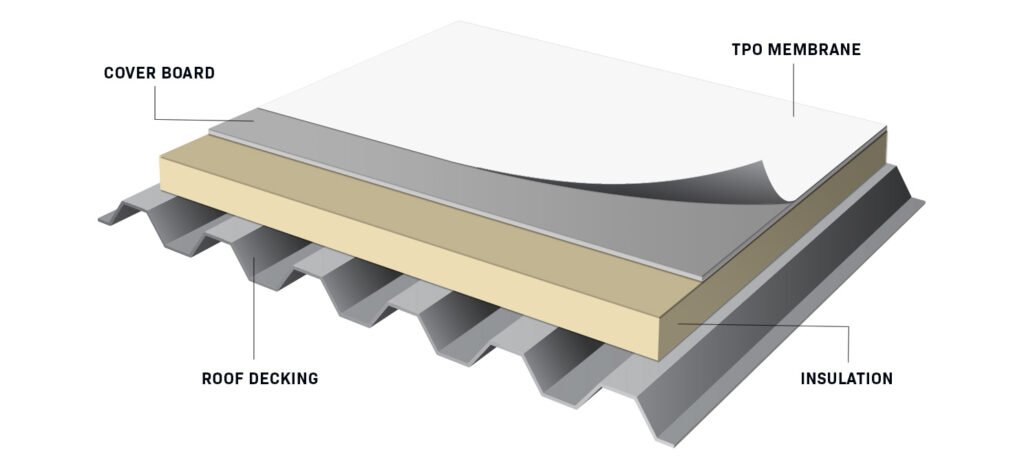
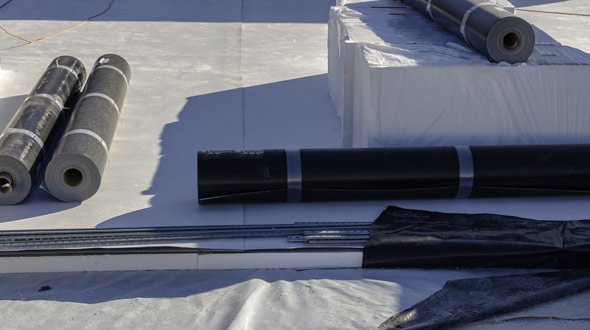
TPO Roofing
Benefits of TPO Roofing
TPO roofing offers numerous benefits, making it a preferred choice for many building owners. Its energy efficiency is a major advantage, as the reflective surface reduces heat absorption, leading to lower energy bills. The material’s durability ensures it can withstand extreme weather conditions, including high winds and hail, without significant damage. Additionally, TPO is environmentally friendly, as it is 100% recyclable and free from harmful chemicals. Cost-effectiveness is another key benefit, with TPO generally being more affordable than other roofing materials while still providing a high level of performance.
TPO Roofing
TPO Roofing Installation Process
Installing a TPO roof involves several crucial steps, starting with the preparation of the roof surface. This includes cleaning and repairing any existing damage to ensure a smooth and stable base. The TPO membrane is then rolled out and secured using either mechanical fasteners or adhesives, depending on the specific requirements of the project. Seams are heat-welded to create a watertight seal, and flashing is installed around roof penetrations such as vents and skylights. Proper installation is critical to the longevity and performance of a TPO roof, making it essential to follow best practices and manufacturer guidelines.
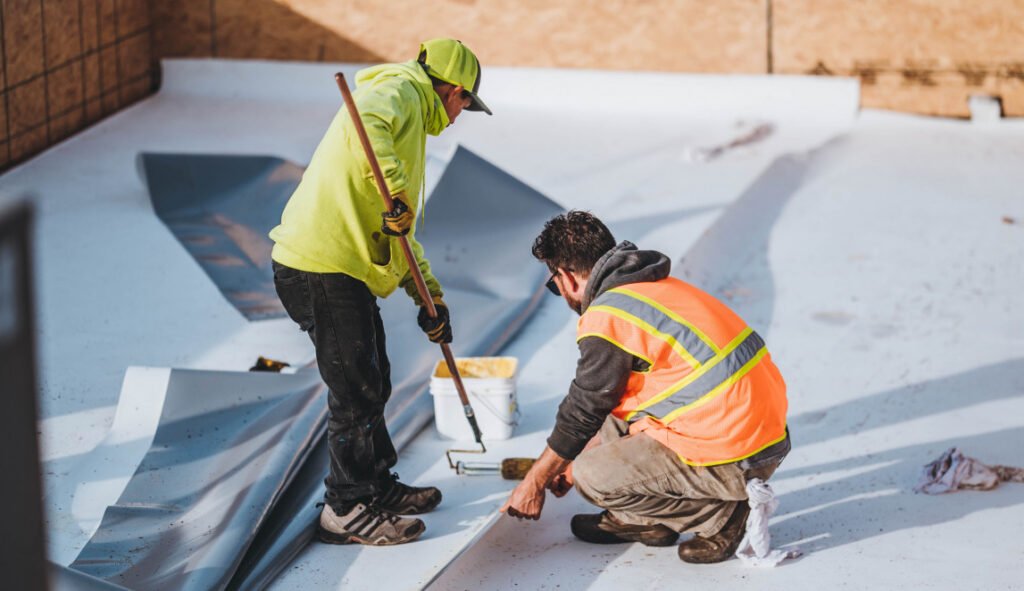
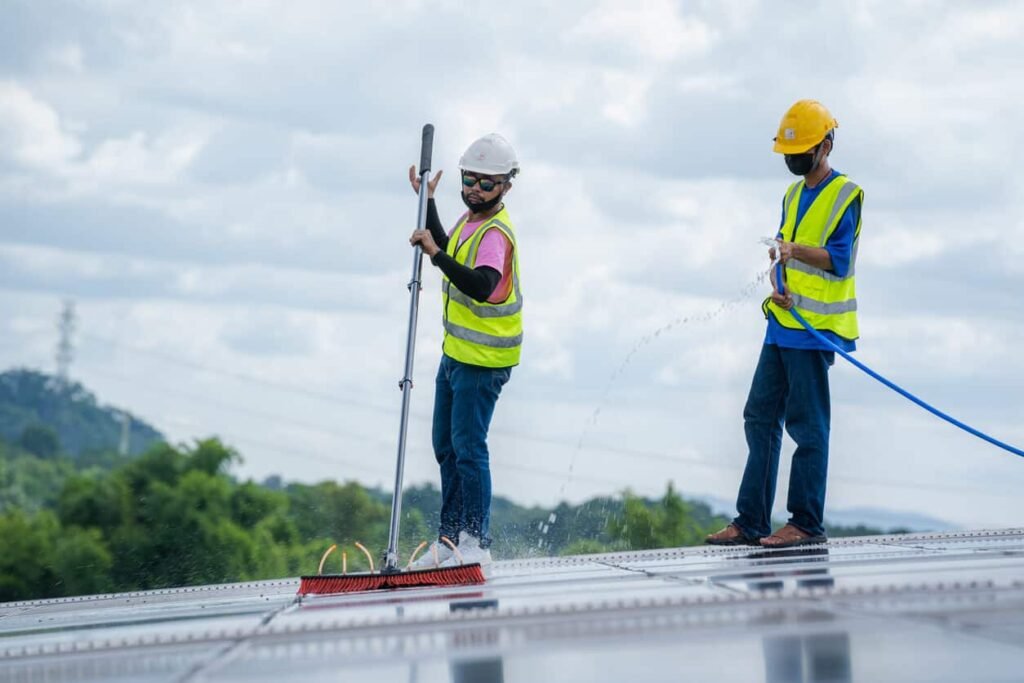
TPO Roofing
Maintenance and Care for TPO Roofs
Maintaining a TPO roof involves regular inspections and prompt repairs to ensure its longevity. Routine maintenance includes checking for and removing debris, cleaning the surface to prevent mold and mildew, and inspecting seams and flashing for signs of wear. It’s important to address any issues, such as punctures or tears, as soon as they are discovered to prevent further damage. While TPO roofs are generally low-maintenance, adhering to these practices can significantly extend their lifespan and maintain their energy-efficient properties.
TPO Roofing
TPO Roofing Costs and Financing
The cost of installing a TPO roof can vary based on factors such as roof size, complexity, and location. On average, TPO roofing is more affordable than many other roofing options, offering a balance between cost and performance. It’s important to consider both initial installation costs and long-term savings, as the energy efficiency of TPO can lead to significant reductions in utility bills. Various financing options are available, including loans, leases, and grants, to help manage the upfront costs. Understanding the return on investment (ROI) can also help homeowners and businesses make informed decisions about their roofing needs.

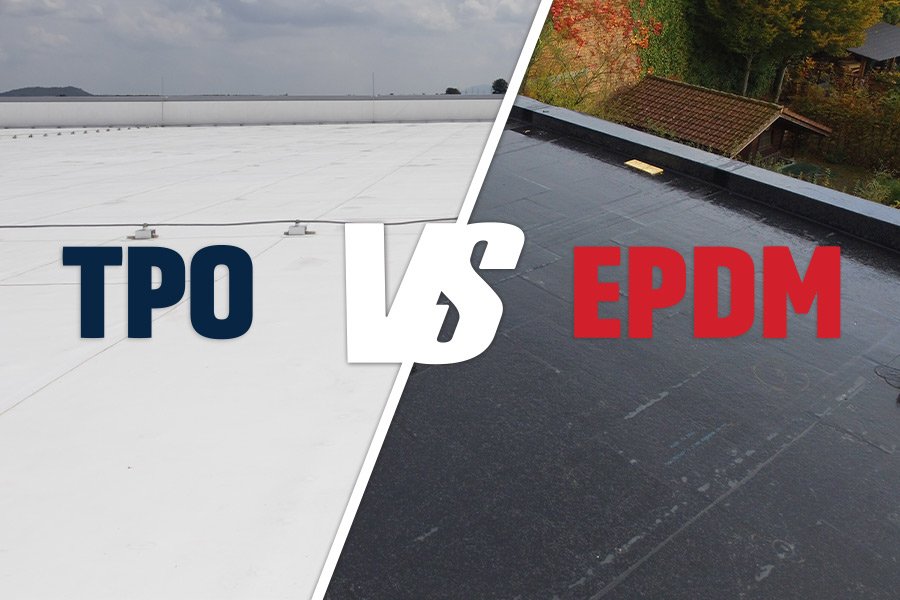
Comparing TPO with Other Roofing Materials
When choosing a roofing material, it’s essential to compare TPO with other options like EPDM, PVC, and traditional roofing materials. TPO and EPDM are both popular single-ply membranes, but TPO offers better resistance to UV rays and punctures. Compared to PVC, TPO is generally more affordable and environmentally friendly, though PVC may offer better chemical resistance in certain industrial applications. Traditional materials like asphalt shingles or metal roofing each have their own set of pros and cons, but TPO often stands out for its combination of durability, energy efficiency, and cost-effectiveness.
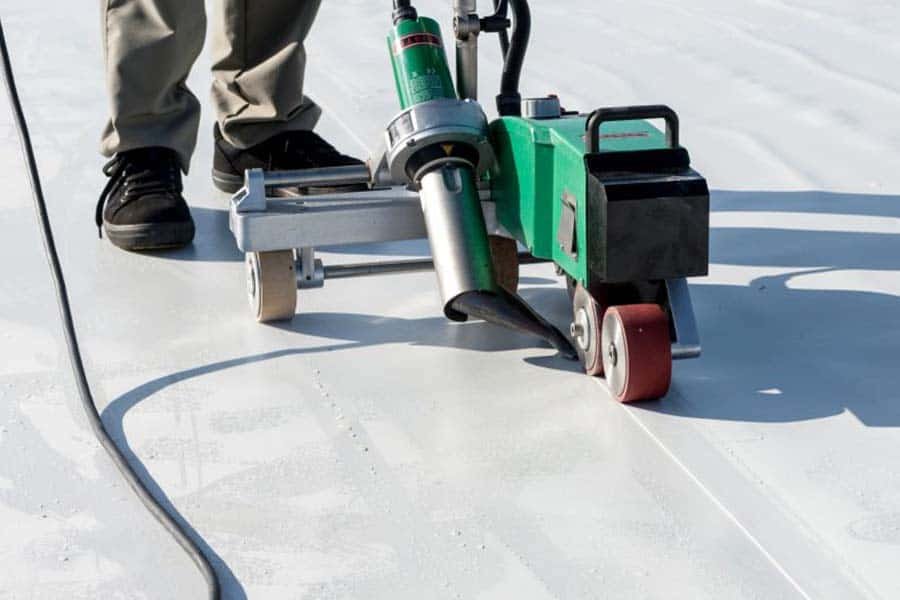
Case Studies and Testimonials
Real-world examples and testimonials can provide valuable insights into the performance and benefits of TPO roofing. Success stories from homeowners and businesses who have installed TPO roofs often highlight significant savings on energy bills, improved building comfort, and the durability of the material in various climates. Before-and-after comparisons can visually demonstrate the impact of TPO roofing on a building’s aesthetics and functionality. Interviews with satisfied customers can further emphasize the reliability and advantages of choosing TPO for their roofing needs.
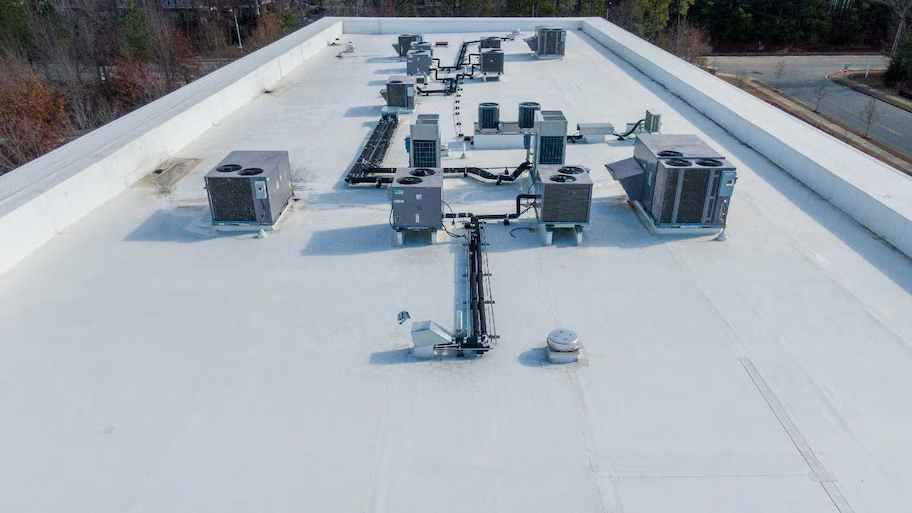
FAQs About TPO Roofing
Addressing common questions about TPO roofing can help potential customers make informed decisions. Topics such as the lifespan of TPO roofs, compatibility with different building types, and installation timeframes are frequently asked about. Providing expert answers to these questions can clarify any misconceptions and provide a deeper understanding of the material’s benefits and limitations. Additionally, debunking myths, such as TPO being less durable than other materials, can help build trust and confidence in choosing TPO roofing.
DJJ Roofing for Your TPO Roofing Needs
Selecting DJJ Roofing ensures a successful TPO roof installation due to their extensive experience and expertise. Known for quality workmanship and exceptional customer service, DJJ Roofing offers personalized consultations and customized solutions. Their certified team adheres to industry standards, and customer reviews praise their professionalism and reliability. With robust warranties and maintenance plans, DJJ Roofing guarantees the longevity and performance of your TPO roof, making them a top choice for your roofing needs.

Why Choose Us
Reasons For People Choosing Us
Quality Material
We use high quality materials to ensure the strongest protection.
Top Rated
We are the most top rated 5 star roofers on Google in Northeast Texas.
Fair Pricing
Cost-effective and transparent pricing for all of your roofing service needs.
Time Flexibility
Also, our clients take comfort in knowing that real solution options are provided as opposed to high pressure sales tactics.
Quick Response
Your time matters to us, We'll respond as soon as possible.
We Are Here To Serve
Also, our clients take comfort in knowing that real solution options are provided as opposed to high pressure sales tactics.
Free Consultation
Contact Us
1. Introduction to TPO Roofing
TPO (Thermoplastic Olefin) roofing is a single-ply roofing membrane that has gained popularity in commercial and residential applications due to its durability and energy efficiency. It is composed of a blend of polypropylene and ethylene-propylene rubber, which are polymerized together to form a flexible, yet robust roofing material. TPO roofing is known for its reflective surface, which helps in reducing energy costs by reflecting the sun’s UV rays and minimizing heat absorption. This roofing system is available in various thicknesses and is typically installed in large sheets, making it ideal for covering extensive roof areas with minimal seams.
2. Benefits of TPO Roofing
One of the primary benefits of TPO roofing is its energy efficiency. The reflective surface of TPO membranes can reflect up to 87% of UV rays, which significantly reduces cooling costs in buildings. Additionally, TPO roofing is highly durable and resistant to punctures, tears, and impact damage, making it a long-lasting option. It also has excellent resistance to chemical exposure, including oils and grease, which is beneficial for buildings with rooftop equipment. TPO is also known for its ease of installation, flexibility in cold temperatures, and resistance to mold and algae growth, contributing to its low maintenance requirements.
3. Installation Process
The installation of TPO roofing involves several steps to ensure a secure and long-lasting roof. Initially, the roof deck is prepared and cleaned to ensure a smooth surface. An insulation layer is then installed to improve the building’s energy efficiency. The TPO membrane is rolled out and cut to fit the roof dimensions. It is then attached to the roof deck using mechanical fasteners or adhered with a special adhesive. The seams between the TPO sheets are welded together using hot air welding, creating a strong, watertight seal. Finally, the roof edges and penetrations are sealed to prevent water infiltration. Proper installation is crucial to the performance and longevity of a TPO roofing system.
4. Maintenance and Longevity
TPO roofing is known for its low maintenance requirements, which contributes to its long lifespan. Regular inspections and routine cleaning are usually sufficient to keep the roof in good condition. Inspections should focus on checking for any damage, such as punctures or tears, and ensuring that the seams and flashings remain intact. Cleaning the surface to remove debris and prevent algae and mold growth can also help maintain the roof’s reflective properties. With proper care, TPO roofs can last between 20 to 30 years, making them a cost-effective investment over time.
5. Environmental Impact
TPO roofing has a positive environmental impact due to its energy-saving properties and recyclability. The reflective surface reduces the urban heat island effect and lowers energy consumption for cooling, contributing to lower greenhouse gas emissions. Additionally, TPO membranes do not contain harmful chemicals such as chlorine or plasticizers, making them a more environmentally friendly option compared to some other roofing materials. At the end of their lifespan, TPO roofing materials can be recycled, reducing landfill waste and promoting sustainability.
6. Cost Considerations
The cost of TPO roofing can vary based on several factors, including the size and complexity of the roof, the thickness of the TPO membrane, and the chosen installation method. Generally, TPO roofing is considered a cost-effective option due to its durability and energy efficiency, which can lead to significant savings in maintenance and energy bills over time. While the initial installation cost may be higher than some traditional roofing materials, the long-term benefits often justify the investment. Additionally, the relatively quick installation process can result in lower labor costs.
7. Comparison with Other Roofing Materials
When compared to other roofing materials such as EPDM, PVC, and traditional asphalt shingles, TPO stands out for its balance of cost, performance, and environmental benefits. Unlike EPDM, TPO offers superior UV resistance and energy efficiency. Compared to PVC, TPO is generally more affordable and does not contain harmful chlorine. Asphalt shingles, while cheaper initially, do not offer the same level of durability, energy savings, or environmental benefits as TPO. Overall, TPO provides a versatile and cost-effective roofing solution for a variety of building types.
8. Choosing the Right Contractor
Selecting the right contractor is crucial for the successful installation of a TPO roofing system. It is important to choose a contractor with experience in TPO installation and a proven track record of quality work. Look for contractors who are certified by TPO membrane manufacturers, as this can ensure they are up-to-date with the latest installation techniques and standards. Additionally, consider contractors who offer comprehensive warranties and have positive reviews from previous clients. A knowledgeable and reliable contractor can help ensure that your TPO roof is installed correctly and performs optimally for many years.
